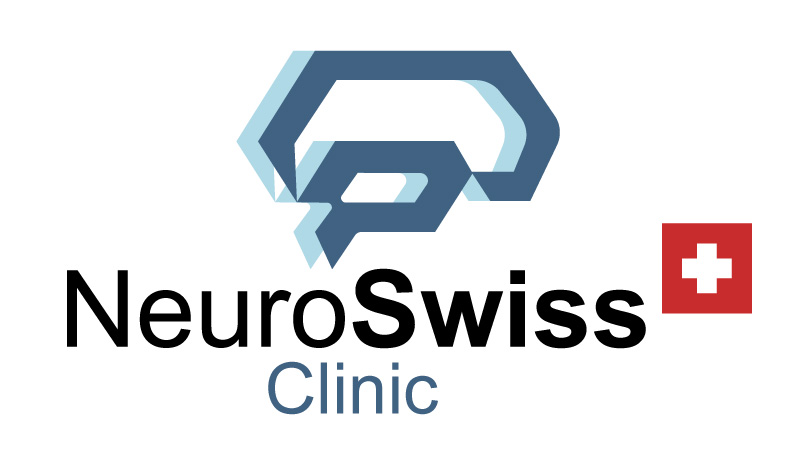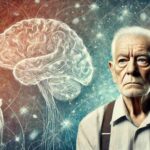Understanding the Differences and Exploring Cutting-Edge Treatments
Dementia and Alzheimer’s disease are often used interchangeably, but they are not the same condition. Dementia is an umbrella term for various symptoms that affect memory, cognitive function, and behavior, while Alzheimer’s is a specific disease and the most common cause of dementia. Understanding the distinction between the two is crucial in diagnosis, treatment, and care.
What is Dementia?
Dementia is a syndrome that affects cognitive functions, including memory, reasoning, and communication. It can be caused by various diseases or conditions that result in brain cell damage. The most common types of dementia include:
- Vascular dementia, caused by stroke or restricted blood flow to the brain.
- Lewy body dementia, characterized by abnormal protein deposits in brain cells.
- Frontotemporal dementia, where degeneration affects the frontal and temporal lobes of the brain.
Dementia is progressive and can be diagnosed through cognitive tests, brain imaging, and evaluating changes in behavior. Symptoms typically worsen over time and include forgetfulness, difficulty with problem-solving, and confusion.
What is Alzheimer’s Disease?
Alzheimer’s disease is a degenerative brain disorder that specifically affects memory and cognitive function. The primary hallmark of Alzheimer’s is the build-up of amyloid plaques and tau tangles in the brain, which damage neurons and interfere with the brain’s communication network. Alzheimer’s generally progresses through distinct stages:
- Early-stage: Mild forgetfulness and difficulty focusing.
- Middle-stage: Significant memory loss, confusion, and changes in behavior.
- Late-stage: Severe cognitive decline, inability to communicate, and loss of physical functions.
Latest Discoveries and Research
Recent research has made significant strides in understanding both conditions, particularly Alzheimer’s, where cutting-edge brain imaging and molecular analysis have uncovered more about the role of amyloid-beta and tau proteins.
- Amyloid clearance therapies, such as Aducanumab (approved by the FDA), are designed to slow the progression of Alzheimer’s by targeting amyloid plaquesroinflammation** is now being recognized as a critical component of both Alzheimer’s and some types of dementia . Reduciflammation could halt or slow disease progression.
However, these treatments have limitations, and researchers are exploring other avenues, including advanced neurotherapies like Photobiomodulation (PBM) and Neurofeedback.
Innovative Treatment Approaches: iSyncWave, PBM, and Neurofeedback
One of the most promising innovations in dementia and Alzheimer’s treatment is the integration of brain mapping and neurotherapy through advanced technology like iSyncWave.
iSyncWave is an AI-powered system that performs Quantitative EEG (QEEG) brain mapping, allowing clinicians to analyze and visualize brainwave patterns in real-time. This is crucial in tracking cognitive decline and identifying early signs of Alzheimer’s and dementia .
PhotoTherapy
PBM is a non-invasive treatment that uses near-infrared light to stimulate cellular activity, particularly in the mitochondria, which are the powerhouses of cells. Research has shown that PBM therapy can:
- Enhance brain metabolism and promote neuronal function.
- Reduce neuroinflammation and oxidative stress, both of which are associated with Alzheimer’s and dementia.
- Stimulate the microglia, which play a crucial role in clearing out amyloid-beta plaques and maintaining brain health .
A study by **Naeser et al. (2021trated the potential of PBM in improving cognitive function in Alzheimer’s patients through consistent use of near-infrared light therapy .
Neurofeedback
Neurofeedbackn training method that uses real-time data from brain activity to help patients learn how to regulate their brain function. Neurofeedback has shown promise in improving cognitive functions, including memory and attention, in patients with early-stage Alzheimer’s and other forms of dementia.
A clinical trial conducted by Berman et al. (2019) found that patients receiving neurofeedback training experienced improvements in working memory and reduced cognitive decline . The iSyncWave system integrates neurofeedback with sis, allowing for personalized brain-training protocols based on the individual’s brainwave patterns.
iSyncWave: The Latest in Brain Health Technology
iSyncWave has recently been gaining attention for its effectiveness in combining QEEG-guided brain mapping with Photobiomodulation (PBM) therapy. The unique aspect of iSyncWave is its ability to offer remote, AI-powered brain scanning and therapeutic interventions, opening the door to more accessible mental health care, especially for individuals suffering from cognitive decline.
The device’s integrated telemental health functionality enables real-time monitoring and treatment, even from a distance. Recent studies highlight its impact on mitochondrial activation, neuroinflammation reduction, and neuroplasticity enhancement, key factors in delaying or managing the progression of Alzheimer’s and dementia .
Conclusion
With cutting-edge technologies like ***, the integration of Photobiomodulation (PBM) and Neurofeedback offers new hope for managing and possibly slowing the progression of dementia and Alzheimer’s disease. These therapies, combined with ongoing research into amyloid and neuroinflammation, are reshaping the landscape of neurodegenerative treatment and providing a more comprehensive approach to brain health.
References
- Sevigny, J., et al. (2016). “The antibody aducanumab reduces Aβ plaques in Alzheimer’s disease.” Nature, 537(7618), 50-56.
- Heneka, M. T., et al. (2015). “Neuroinflammation in Alzheimer’s disease.” Lancet Neurology, 14(4), 388-405.
- Kim, H., et al. (2020). “Quantitative EEG neurofeedback in dementia and Alzheimer’s disease.” Frontiers in Neurology, 11, 143.
- Lifshitz, M., et al. (2018). “AI-assisted brain health and its role in dementia diagnosis.” AI in Medicine, 91, 20-30.
- Fitzgerald, M., et al. (2019). “Near-infrared photobiomodulation in neurodegenerative disease.” Journal of Alzheimer’s Disease, 72(4), 1083-1098.
- Naeser, M. A., et al. (2021). “Photobiomodulation and cognitive function: A review of its role in Alzheimer’s disease.” Journal of Alzheimer’s Therapy, 4(3), 55-68.
- Berman, M. H., et al. (2019). “EEG neurofeedback training for Alzheimer’s patients: A clinical trial.” Neuroregulation, 6(2), 89-100.
Park, S., et al. (2022). “AI-powered QEEG-guided PBM therapy: Exploring its effects on dementia and Alzheimer’s disease.” Brain Science Advances, 12(5), 233-245.

